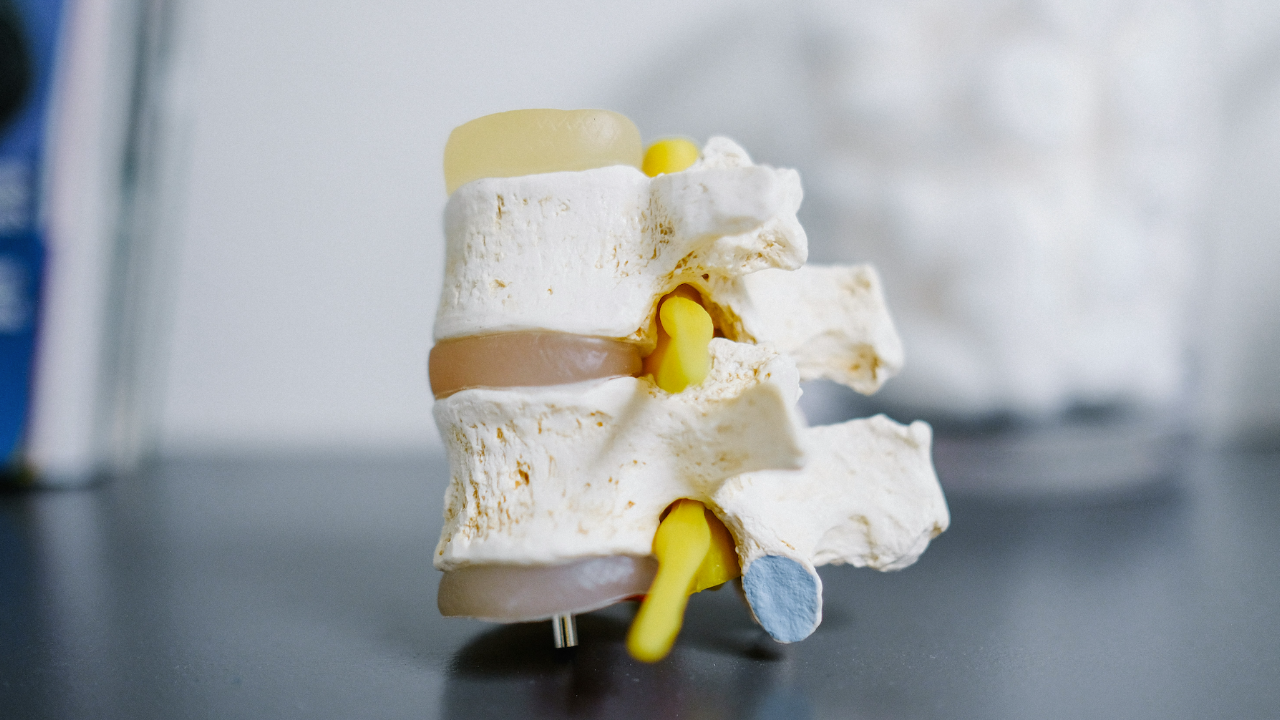Could Histamine Intolerance Be Worsening Perimenopause Symptoms for Your Team Members?
Feb 17, 2024
What do migraines, headaches, brain fog, anxiety, itching skin, bloating, and insomnia all have in common?.... menopause?
Not necessarily! Histamine intolerance could actually be to blame.
Did you know that many women in their perimenopausal years often struggle to manage their allergies? This can lead to a variety of uncomfortable symptoms, such as itching skin, food sensitivities, brain fog, and mouth breathing at night, making it difficult for them to get the restful sleep they need.
In fact, Steven Bartlett recently discussed with Dr. Daniel Lieberman in his recent podcast how his girlfriend and team members are also struggling with the same problem of mouth breathing and poor sleep. They also talked about how mouth-taping might not be the perfect solution to this issue, and here's why.
Histamine intolerance is a condition where there is an excessive accumulation of histamine in the body, which results in uncomfortable symptoms. While it is commonly associated with food allergies and hives, it can also mimic perimenopause symptoms like mood swings, anxiety, insomnia, brain fog and fatigue and more.
This article aims to help you explore the connection between histamine intolerance and perimenopause symptoms, providing insights on how to differentiate between the two and offering strategies for managing histamine intolerance.
Understanding these unique challenges can empower you as an employer to support your team members' health and wellbeing. So, let's delve into this fascinating topic and uncover the potential link between histamine intolerance and perimenopause.
Understanding histamine intolerance
Histamine intolerance is a condition that arises when the body accumulates an excessive amount of histamine. Histamine is a compound that plays a crucial role in the immune system, aiding in the body's response to allergens and injury.
However, some individuals may lack the ability to effectively process and eliminate histamine, leading to an overload in the system. This overload can result in a range of symptoms that can be mistaken for other conditions, including perimenopause.
What are the signs of histamine intolerance?
-
Skin rash
-
Swollen or reddened eyelids
-
Headache
-
Dizziness
-
Palpitations
-
Sneezing
-
Rhinorrhea
-
Abdominal pain
-
Bloating
-
Constipation
-
Diarrhoea
-
Menstrual cramps
-
Nasal congestion
-
Anxiety
-
Insomnia
These symptoms can be intermittent or chronic, making it challenging to identify the root cause. The similarity between histamine intolerance symptoms and perimenopause symptoms can further complicate the diagnosis.
Overlapping symptoms of histamine intolerance and perimenopause
Histamine intolerance can mimic many perimenopause symptoms, making it difficult to differentiate between the two. For example, hot flushes and night sweats, which are commonly associated with perimenopause, can also be triggered by an excess of histamine in the body. Likewise, mood swings and fatigue, which are often attributed to hormonal changes during perimenopause, can be exacerbated by histamine intolerance.
The connection between histamine intolerance and hormonal changes
The relationship between histamine intolerance and hormonal changes is complex and not yet fully understood. However, research suggests that fluctuations in oestrogen levels, which occur during perimenopause, can impact the body's ability to metabolise histamine effectively. Progesterone, which helps stabilise histamine release, starts to decrease in perimenopause, exacerbating histamine-related symptoms.
How histamine intolerance can worsen perimenopause symptoms
Histamine intolerance can intensify perimenopause symptoms, making the experience even more challenging for individuals. The interaction between histamine and oestrogen can create a vicious cycle, where increased histamine levels trigger more severe perimenopause symptoms and vice versa. This interplay can cause a cascade of discomfort that significantly impacts a woman's wellbeing at home and in the workplace.
If they suffer from food sensitivities, have a long history of alcohol consumption, chronic inflammation, gut bacteria imbalances, eat a lot of foods that contain histamines, have taken the birth control pills, or their body doesn't produce enough of the histamine-clearing chemicals (DOA or HNMT enzyme), suffer with hay fever, eczema or asthma they are also more likely to suffer from histamine intolerance in perimenopause.
What's the solution?
Luckily, there are several easy steps to reduce histamine levels so your team members can take control of their symptoms.
-
Improving gut health
Identifying and correcting gut issues such as gut imbalances and SIBO (small intestinal bacterial overgrowth) can help the body remove any excess oestrogen from your body and, in turn, get those histamine levels under control.
2. Supplement DAO enzyme
DAO enzyme assists in breaking down histamine in the gut, but its effectiveness can vary from person to person. It's important to note that results may differ depending on individual circumstances.
3. Avoid or reduce certain highest histamine foods
This includes:
-
Red wine and champagne
-
Hard cheese
-
Avocado
-
Smoked or canned fish
-
Shellfish
-
Soy sauce
-
Deli meats
-
Yeast
-
Dried fruit
-
Bone broth and fish stock
-
Vinegar and fermented foods such as sauerkraut
-
Probiotic supplements
Other strategies for managing histamine intolerance and perimenopause symptoms
Reducing stress levels, practising relaxation techniques, and getting regular movement or exercise can all contribute to symptom relief.
How to create a supportive work environment for females in your team with histamine intolerance and perimenopause
Educating your team members about histamine intolerance and perimenopause can empower them to take control of their health and seek appropriate support.
Get in touch with me for a free 30-minute chat and learn about the available resources, including workshops and informational materials. These resources will help you raise awareness of histamine intolerance and perimenopause and identify those who are more likely to be affected.





